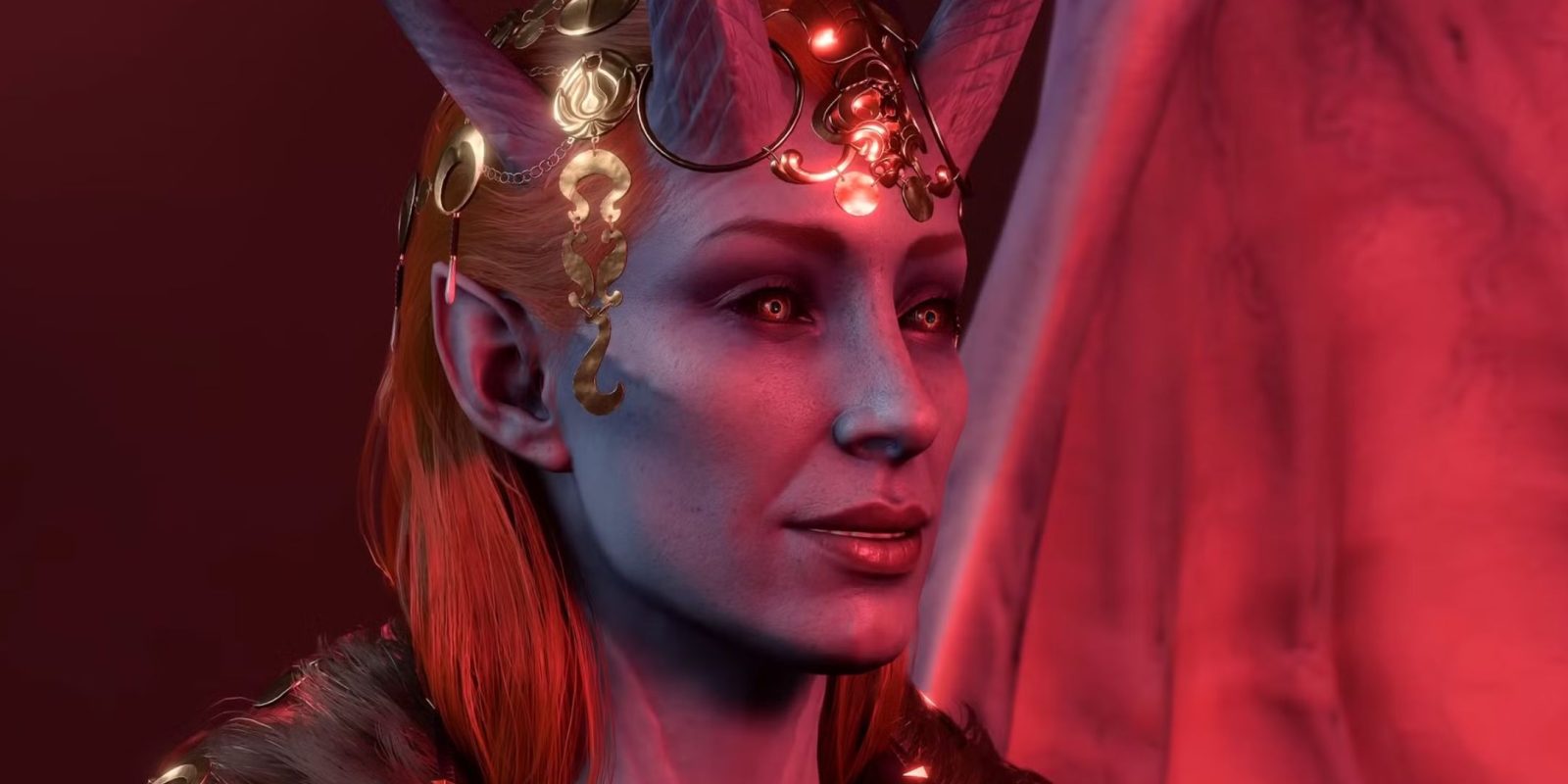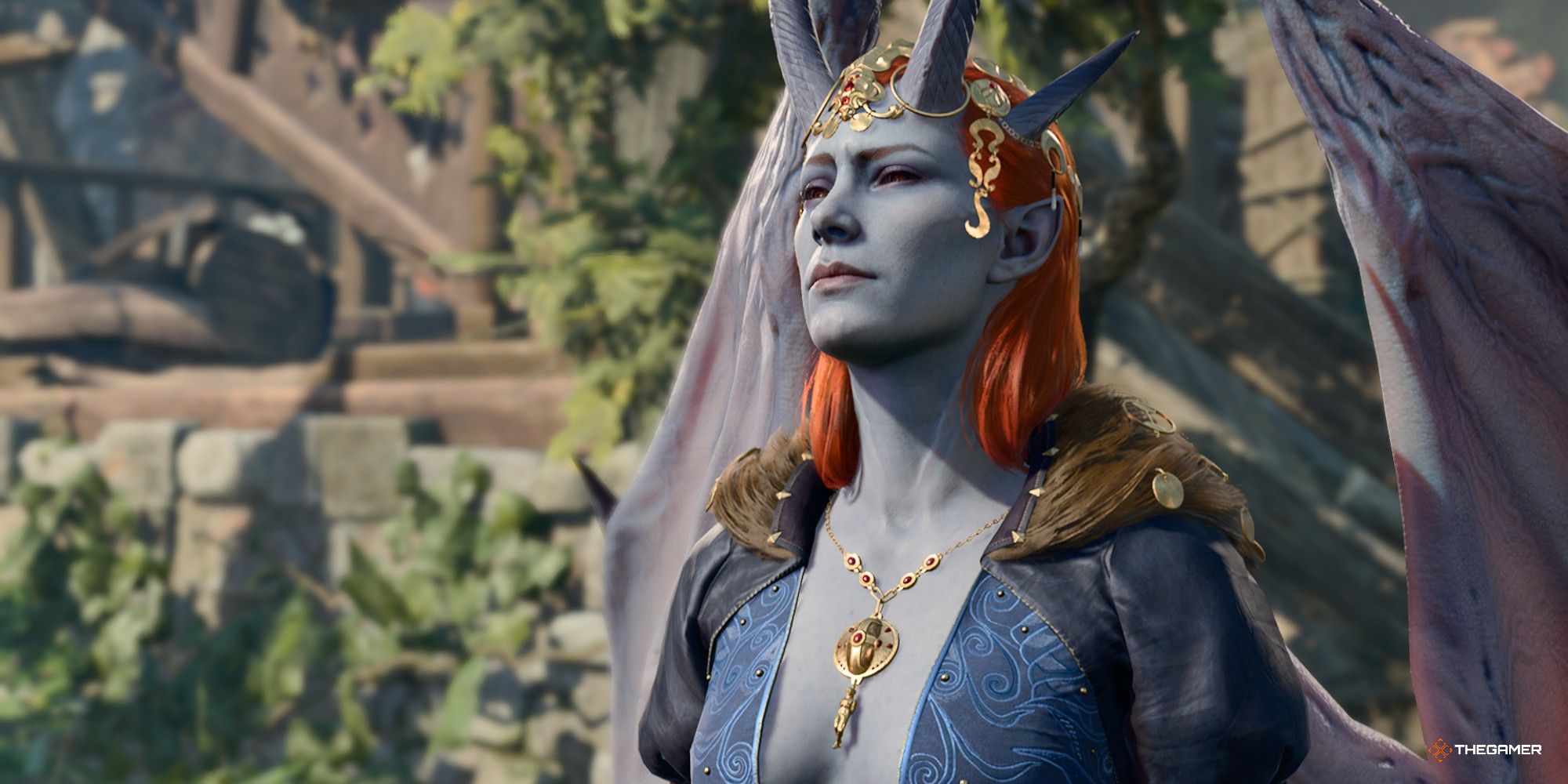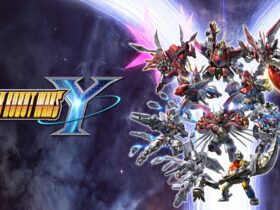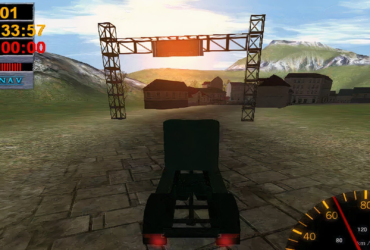Key Takeaways
- Mizora is a Cambion, a half-fiend and not a true devil.
- Despite her status as a low-ranking fiend, Mizora commands an air of self-importance.
- Baldur’s Gate 3 fans think Mizora may have been better off as a different type of devil, like an Erinyes.
Mizora is one of the more memorable characters in Baldur’s Gate 3. The she-devil is constantly pestering the party, especially Wyll, who wound up in a bad contract with Mizora after she coerced him during a vulnerable moment.
She’s perpetually double-crossing the party, either on behalf of her mistress Zariel or occasionally, on her own whims. Eventually, you can reach a tenuous understanding with Mizora, and she’ll cease being an annoyance, even becoming an occasional ally. Mizora’s ruthless dedication to casual cruelty and her sardonicism have made her a fan favourite among some in the Baldur’s Gate 3 fandom.
Mizora’s Devilish Background
However, a noteworthy aspect of Mizora is that she’s not even a true devil, but instead a type of half-fiend called a Cambion. Cambions are the offspring of a humanoid race and a fiend, a catch-all term for malevolent beings spawned from the depths of the Fiendish Planes. These are essentially very bad, very evil cosmological planes.
This was raised in a recent Reddit thread by Gettor, who questioned why Mizora is only a half-fiend, usually a lower-ranking devil, when she has the gravitas and talent of a high-ranking devilish operator. “The most fiendy fiend that ever fiended in this game is basically an offspring of a human and some theoretical proper fiend, it doesn’t sit right with me. Mizora should clearly be an Erinyes,” writes Gettor.
An Erinyes is a dangerous sort of devil, an executor of justice and retribution that resembles a twisted celestial. An Erinyes is still a low-ranking devil but is a pure-blooded fiend and commands more respect than a Cambion. An Erinyes would certainly fit the role Mizora plays in the narrative. So, why is Mizora a Cambion? There are both practical and lore-based answers for this, both highlighted by Tydeus2000 in the comments.
Firstly, Larian may not have wanted to overcomplicate the concept of devils in Baldur’s Gate 3 by adding too many. After all, not everyone is going to be scouring the Forgotten Realms Wiki hyper-examining every subset of fiend. There aren’t many types of devils that appear in Baldur’s Gate 3, with their representation being limited to Cambions (Raphael, Mizora and others), Orthon (Yurgir), Incubus (Haarlep) and a couple of enemy Merregons. By making the two most prominent devils in the game (Raphael and Mizora), Cambions, Larian simplified the concept of fiends for the player.
A lore-friendly answer is that Mizora isn’t as important as her presentation would suggest. Ultimately, she’s a crony for the Archdevil Zariel, carrying out the fallen celestial’s unholy bidding. She may have an air of self-importance, but her designation as a Cambion is actually accurate for the type of work she does in the mortal realm.

Baldur’s Gate 3 is the long-awaited next chapter in the Dungeons & Dragons-based series of RPGs. Developed by Divinity creator Larian Studios, it puts you in the middle of a mind flayer invasion of Faerûn, over a century after the events of its predecessor.











Leave a Reply